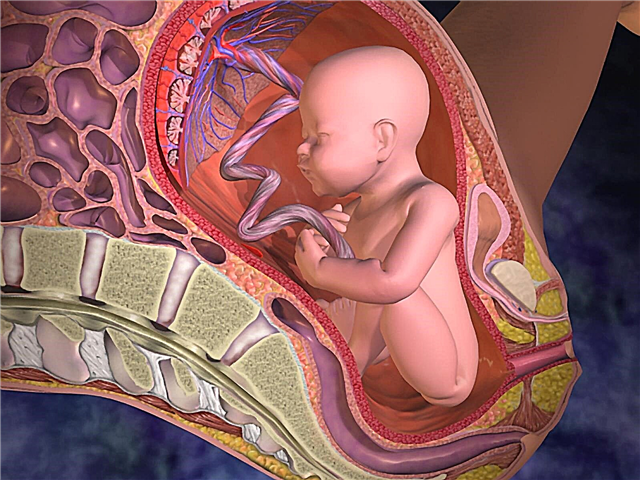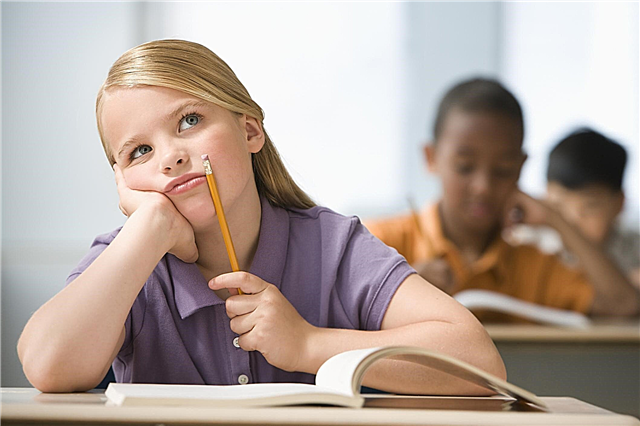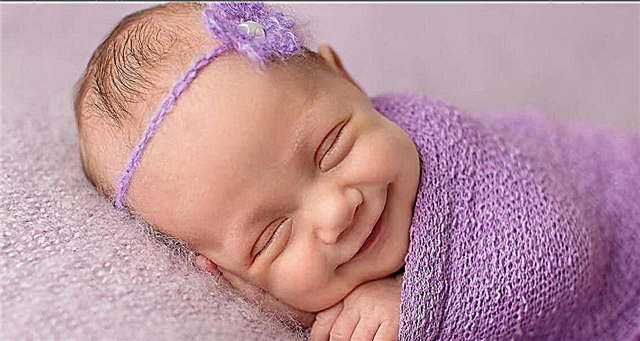Any breathing disorders in the baby are of particular concern to the mother. Sometimes parents decide to cope with the disease on their own. If wheezing in a child becomes the onset of the disease or remains after the prescribed course of treatment has been completed, mandatory consultation with a pediatrician is required.

Listening to wheezing
What is wheezing
Wheezing is a special sound heard on inhalation or exhalation. Wheezing, as a rule, indicates that there is something foreign in the airway that is blocking the path of air. Passing through an obstacle, the air collides with it and sets it in motion. The vibrations become the source of a wheezing sound.
Important! Wheezing is not a diagnosis. This is just an excuse to take seriously the problems that have arisen in the child's airways. In order to provide the necessary assistance in a timely manner, it is important to unequivocally determine the source of wheezing - the reason for which they appeared.
How to hear wheezing
Obvious breathing problems can be heard with the naked ear. When the mother put her baby to bed in the acute period of bronchitis, during his breathing she will surely hear the baby wheeze. Sometimes it will resemble a whistle, most often wheezing has a squelching sound, because it occurs due to a huge amount of phlegm in the airways.
Types of wheezing
Wheezing is divided according to the place of localization:
- pulmonary;
- bronchial;
- tracheal.
Depending on how wheezing sounds, they are divided into dry and wet. There is an even more detailed classification that can be used to characterize breathing disorders. Doctors use it to determine the severity of the disease and detect changes in the state over time.
Wheezing can be both a concomitant symptom of the disease and a residual phenomenon after an illness, or rather the end of an acute period. Then, when breathing in a child, they are listened to without increasing the temperature and are localized most often in the bronchi.
Causes of wheezing in a child
Airway problems can occur for several reasons. Always this symptom is an indicator that it is time to stop self-medication.

Sputum is the cause of wheezing
Safe
Dry and wheezing sounds are often the result of bronchial or laryngeal stenosis in response to breathing polluted air. The lumen of the tubular passages through which air enters the lungs is significantly narrowed if, with inhalation, acrid smoke, chemical vapors, a strong odor or dust are found in the trachea and nasal passages.
With diseases of the esophagus, you can also hear a wheezing throat in an infant. This is especially true until the upper gastric sphincter is fully formed. He is unable to hold back milk or his own juice, allowing the contents to escape into the esophagus, from where it easily enters the upper respiratory tract, remaining on their walls and interfering with the free passage of air.
When to start worrying
If wheezing is accompanied by other symptoms characteristic of infectious inflammation, you should immediately seek help from a doctor:
- increased body temperature;
- cough;
- general weakness;
- loss of appetite;
- pain in the hypochondrium or chest;
- shortness of breath;
- hoarse voice.
The baby's condition can deteriorate significantly at night. Therefore, if wheezing during breathing was found in a child during the day, accompanied by hoarseness, it is necessary to call a doctor to know how to prevent respiratory arrest at night.
Attention! The main sign of a future complication is a hoarse voice. It is always followed by a nocturnal cessation of breathing unless action is taken during the day.
This is explained by the fact that the vocal cords are located at the narrowest point of the upper respiratory tract. Hoarseness suggests that the inflammation is localized exactly where the passage for air and in a healthy state is not wide. By the evening, all inflammatory processes worsen, the swelling of the larynx increases, completely blocking the passage of the inhaled air.

Edema
The most dangerous are wheezing coming from the chest. This means that the inflammatory process is localized in the lungs, where a large amount of sputum has accumulated. If the child is not helped to get rid of mucus, it will become a breeding ground for the multiplication of pathogenic bacteria, which will eventually develop into pneumonia.
Danger of wheezing for a child
Children under one year old have a respiratory system that is significantly different from that of an adult. Cough reflexes are noticeably weaker in children of the first year of life, the length of the bronchi and bronchioles is shorter, the lumen is very narrow. Any inflammation of the mucous membranes can result in edema that prevents inhalation.
It often happens that non-life-threatening laryngitis, accompanied by an irritating cough, turns into croup, which can strangle the child.
The most serious complication is pneumonia, the result of improper treatment of a harmless viral tracheitis, which can end very badly. Modern children do not get pneumonia as an independent disease, because the pneumococcal vaccination is included in the All-Russian vaccination calendar. It is not difficult to get pneumonia in the form of complications if you prevent the body from fighting the infection.

Vaccination
General advice for parents
In no case should the rules of clean air in the room where the child sleeps be neglected. This is true not only when the baby is already sick. It is much easier and wiser to prevent wheezing in the lungs of a child than to get rid of them later. Therefore, there is nothing more important than daily monitoring of indicators:
- humidity - not lower than 55%, but also not higher than 70%;
- temperature - not higher than + 21˚C, for a sick child - better + 18˚C;
- no dusty surfaces;
- exclusion of any household chemicals in matters of wet cleaning.
If a sick baby breathes the correct clean and fresh air, he will be able to protect himself from serious complications of any acute respiratory infections.
Attention! The vast majority of infectious diseases arise from the progression of a viral infection. Over-the-counter antibiotics are unable to change the course of the disease.
Thinking about what is the best way to treat wheezing in a child, first of all, you need to exclude the methods that gained their popularity in the last century. The most popular execution in the form of breathing over potatoes is not only unhelpful, but also adds the risk of trauma to the respiratory tract by steam and thermal burns to the skin of a child who accidentally leaned against a saucepan or turned a container of boiling water over on itself.
The opinion of Dr. Komarovsky
According to official medical statistics, such a dangerous disease as pneumonia occurs more often in children under one year old as a complication of harmless viral snot. Infection, descending from the nose to the lower respiratory tract, provokes profuse mucus, swelling and fever. Wheezing on inspiration in a child can speak of viral bronchitis, which will go away by itself on the 4th-5th day if the body is not interfered with by dry air and dehydration of tissues.
You can cure a baby without the use of drugs in less than a week, if you often offer him a lot of warm drinks. If it is difficult to put the air parameters in the room in order for some reason, you can help the baby with the help of inhalations based on inhalation with a nebulizer nat. solution.
Important! Inhalation should not be carried out later than 2 hours before bedtime. The mucus that has softened and swollen from the procedure will need to be removed with the help of a cough, and the toddler, who has already been put to bed, will not be able to do this productively. But the whole family will be sleep deprived, suffering from wheezing that occurs when the child exhales.
You can protect yourself from complications by observing several rules:
- The first step is to remove all heaters from the sick child's room.
- There is no way to humidify, which means that you need to ventilate the room more often.
- Babies under three months old should call a doctor for any condition.
- If you hear a strong wheezing behind the chest, it is necessary to show the baby to a specialist.
Yevgeny Komarovsky is convinced that a harmless rhinitis has every chance of turning into pneumonia if the mother does not think about why her child wheezes when breathing at home, and even stops wheezing on the street.

Airing
Prevention
Wheezing in the lungs of a child without fever during breathing may be the residual consequences of ARVI. To prevent them from becoming wired into the world of pneumonia, it is necessary, with the help of a doctor, to help the child cough productively, removing the remaining phlegm from the lungs.
You can save your baby from complications and reduce the number of diseases by observing preventive measures:
- long walks in the fresh air;
- constant maintenance of room air parameters is normal;
- timely vaccination.
The baby may also become hoarse from the fact that he made a lot of loud sounds during the day. It is important that parents are able to correctly recognize the possible causes of respiratory disorders. Only timely and correct measures will save you from complications. In order not to be mistaken, it is wiser to show the baby to the pediatrician.



